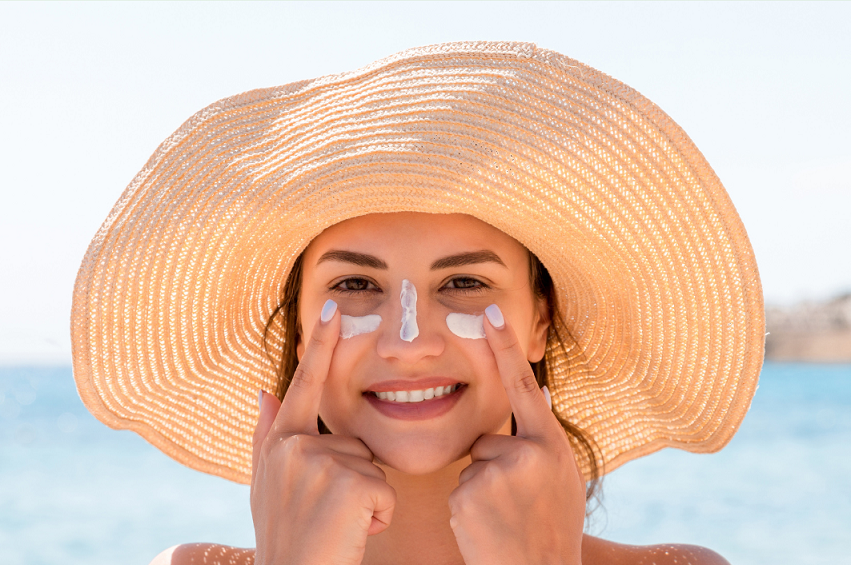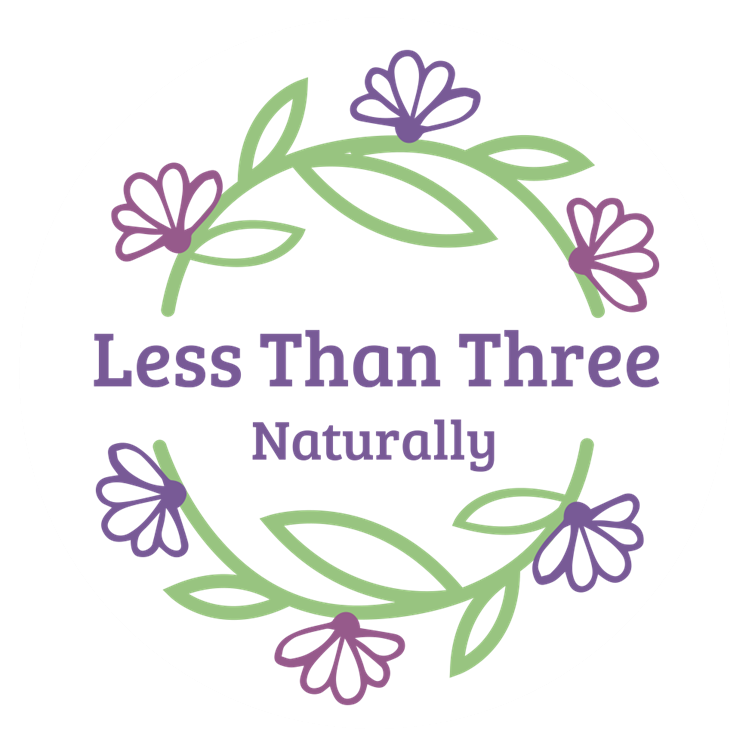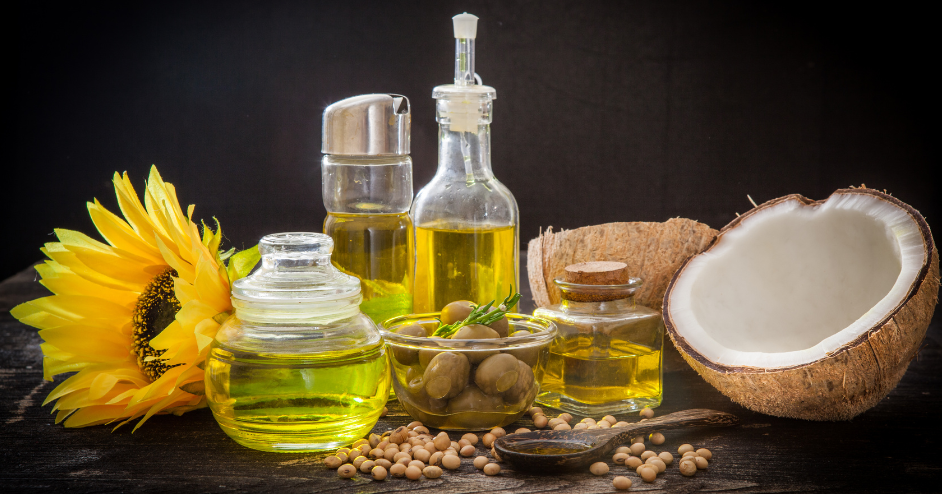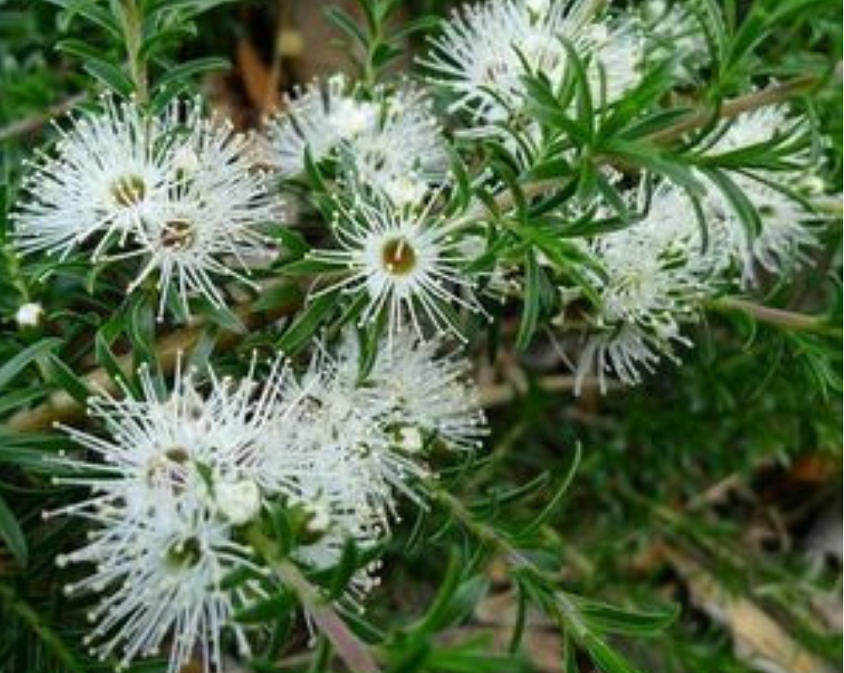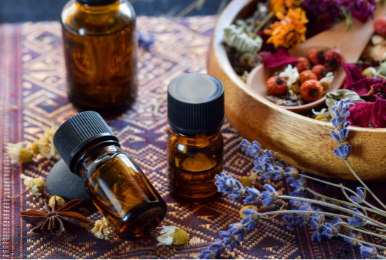As the seasons shift from winter’s chill to the gentle embrace of spring, our skincare routines should adapt to the changing climate and the evolving needs of our skin. While the cold, dry air of winter posed its own set of challenges, spring brings new considerations, including increased moisture levels, warmer temperatures, and extended sun exposure.
Protect from the sun
Spring can be deceiving. Overcast days may lead us to believe that sun protection isn’t necessary, but don’t be fooled. Harmful UV rays can still penetrate through clouds and cause skin damage. Hence, your most vital spring skincare product is sunscreen. As we venture outdoors more often to bask in the sun’s warmth, shielding your skin from UV rays becomes paramount. Opt for a broad-spectrum facial sunscreen with at least SPF 30 and incorporate it into your daily routine for comprehensive protection.
Exfoliate
After enduring the harsh, dry conditions of winter, your skin may benefit from a touch of rejuvenation. Light exfoliation is the key to breathing life back into winter-worn skin. Consider a combination of chemical and physical exfoliation to unclog pores and unveil a brighter complexion. However, remember the golden rule of exfoliation: moderation is key. Limit this step to once or twice a week to prevent overstimulation and potential irritation.
Hydrate
Hydration is the cornerstone of a healthy and radiant complexion, and it remains an essential element of your skincare routine as you transition into spring. While you may be tempted to pare down your skincare products for a lighter feel in the warm weather, never compromise on moisture. Hydrated skin is resilient skin, capable of combating the environmental stresses that spring brings.
As the sun’s rays become more prevalent and the air takes on a gentler humidity, consider adjusting your moisturiser. Opt for a lighter, water-based moisturiser during the day. These formulas provide ample hydration without feeling heavy on the skin. Look for products with hydrating ingredients like hyaluronic acid, glycerin, or aloe vera, which offer a refreshing burst of moisture.
To maintain that coveted dewy glow throughout the day, keep a hydrating face mist or toner spray within arm’s reach. A quick spritz provides instant refreshment and reinvigorates your skin. These hydrating mists not only help set makeup and create a luminous, natural finish, they are perfect to cool down flushed skin.
Remember that your skin’s hydration isn’t solely determined by external products; it starts from within. Drinking an adequate amount of water is crucial for maintaining healthy, well-hydrated skin. When your body is properly hydrated, your skin reflects it with a natural luminosity and suppleness. Proper hydration helps flush out toxins, supports skin cell renewal, and aids in the overall function of your skin’s natural barrier. It’s a simple yet powerful step in achieving and maintaining a glowing complexion.
The synergy between internal and external hydration is where your skin truly thrives. By simultaneously nourishing your skin with hydrating skincare products and drinking ample water, you create a harmonious environment for your skin to flourish. Your skin will be better equipped to combat the potential dehydrating effects of warmer temperatures and increased sun exposure that come with spring.
Cool down
As you savour the spring sunshine, you may find your face warming up. To beat the heat, harness the cooling properties of natural rose quartz. A rose quartz roller can help you stay refreshed and relaxed even in the midst of rising temperatures. This enchanting gemstone retains its soothing coolness, making it the perfect companion for a soothing end-of-day night oil ritual.
Spring clean
Spring cleaning extends to your skincare routine as well. Don’t forget to clean your makeup brushes and skincare tools regularly to prevent the buildup of bacteria, which can lead to clogged pores and breakouts. Aim for a deep clean of your makeup brushes at least once a week to maintain optimal hygiene. Also, take a moment to assess your skincare products. Check for expiration dates, typically indicated by a symbol with an open jar, a number, and a letter (e.g., 12M means the product is good for 12 months after opening). Even unopened products may lose their potency over time. Trust your senses; if a product looks, smells, or feels different from when you first purchased it, it’s time to replace it.
Look down
Don’t neglect the skin below your chin, which can also benefit from a spring revival. Consider indulging in a body exfoliant like a sugar scrub to rejuvenate your legs, elbows, arms, knees, and heels. Remember to moisturise your neck and décolletage—areas prone to early signs of aging.
Hair Care Matters Too
As you revel in outdoor activities, your hair might be exposed to the elements. Keep it healthy and hydrated by incorporating a conditioning hair mask or a lightweight hair oil into your routine. Your locks deserve the same springtime TLC as your skin.
Your Spring Skincare Mantra: Protect and Hydrate
In essence, spring skincare revolves around two core principles: protection and hydration. Shield your skin from the sun’s rays with a trusty sunscreen, and don’t forget to hydrate regularly. Embrace the season with open arms, knowing that your skin is well-prepared to flourish in the gentle, rejuvenating embrace of spring.
References:
Whish Beauty. (n.d.). How to Adjust Your Skincare Routine for the Changing Seasons. [Online]. Available at: [Link](https://whishbody.com/…/how-to-adjust-your-skincare…) [Accessed on August 26, 2022].
RoseSkinCo. (n.d.). A Spring Clean Beauty Routine: Switching Out Your Winter Skincare for Spring! [Online]. Available at: [Link](https://roseskinco.com/…/spring-summer-skincare-routine) [Accessed on August 29, 2022].
EverydayHealth.com. (n.d.). How to Tweak Your Skin-Care Routine for Spring. [Online]. Available at: [Link](https://www.everydayhealth.com/…/how-to-tweak-your…) [Accessed on August 29, 2022].
InStyle. (n.d.). 8 Easy Skincare Swaps to Make For Spring. [Online]. Available at: [Link](https://www.instyle.com/beauty/skin/spring-skincare-tips) [Accessed on August 29, 2022].
Real Simple. (n.d.). 5 Derm-Approved Ways to Transition Your Skincare Routine to Warmer Weather. [Online]. Available at: [Link](https://www.realsimple.com/…/spring-skincare-routine) [Accessed on August 29, 2022].
